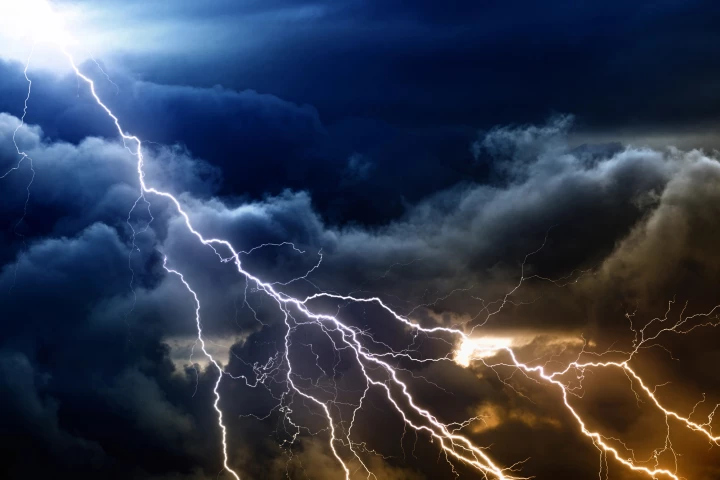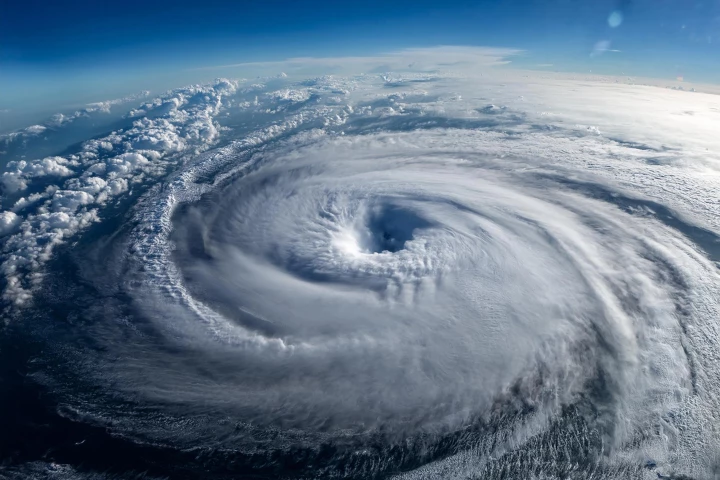Tropical Storms
-
The North Atlantic has a new title as the global hotspot for hurricane clusters, with the likelihood of multi-storm events forming here increasing tenfold in 46 years. It's the first clear picture of how Earth's warming has shifted cluster patterns.
-
A lightning bolt stretching 515 miles from eastern Texas to near Kansas City has set a frightening new record as the longest single flash ever recorded. There are only two places on the entire planet where this kind of "megaflash" is likely to occur.
-
There have been some wildly ambitious schemes to knock the power out of hurricanes over the years. Now, scientists believe they have come up with a way to successfully subdue these destructive storms, long before they have a chance to reach land.
-
Thor and the Hulk may be more closely related than we thought. Thunderstorms are known to produce gamma rays in the atmosphere, but a new study has found that not only do they happen way more often than we realized, but they’re much weirder.
-
Climate change will trigger stronger storms more often, and the threat may not be properly communicated. Now, scientists at Berkeley Lab suggest there’s room for a Category 6 on the scale – with five storms in the past decade reaching that strength.
-
Ahead of the start of the Atlantic hurricane season next month, two storm-monitoring NASA CubeSats have successfully launched into space atop a Rocket Lab Electron booster from the Rocket Lab Launch Complex 1 on New Zealand’s Mahia Peninsula.
-
The best bits of thunderstorms often happen above the clouds. Scientists have now described in detail the most powerful “gigantic jet” of lightning ever observed, which blasted energy equivalent to 60 regular lightning bolts upwards into space.
-
A new type of storm has been discovered in the skies over the Indian Ocean. Named “atmospheric lakes,” these events are slow-moving pools of concentrated water vapor that can last for days and bring large amounts of rain to the surface below them.
-
A new study has revealed yet another way that human-induced climate change is affecting the planet. Decades of weather balloon and satellite data has shown that the Earth’s troposphere is expanding, even after natural variations are accounted for.
-
Using advanced infrared imaging technology aboard an Earth-orbiting satellite, scientists have measured the coldest temperature of a storm cloud on record, owing to an overshooting top that penetrated the stratosphere.
-
Wind storms can cause a great deal of damage to coastal areas, producing waves that erode the shoreline and destroy facilities such as marinas. A newly-proposed "floating forest" could help, however, by blocking both the wind and the waves.
-
A new study out of MIT suggests rising temperatures are causing energy shifts in Earth's atmosphere that are strengthening midlatitude storms, while weakening other important weather systems over North America, Europe and Asia.
Load More











